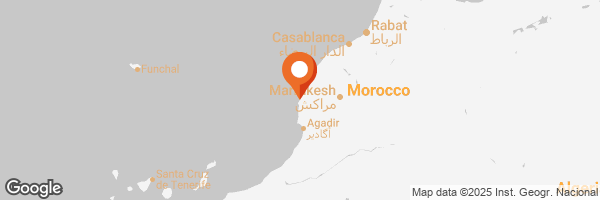Hello everyone, welcome back to Essouira, a lovely little city on Morocco’s southwestern coast, and a UNESCO World Heritage site. Today, I will take you to a cool, well-preserved stone fort, which overlooks the neighboring harbor. It is not a particularly large fort, but it provides some great views of the walled city and rocky coastline.
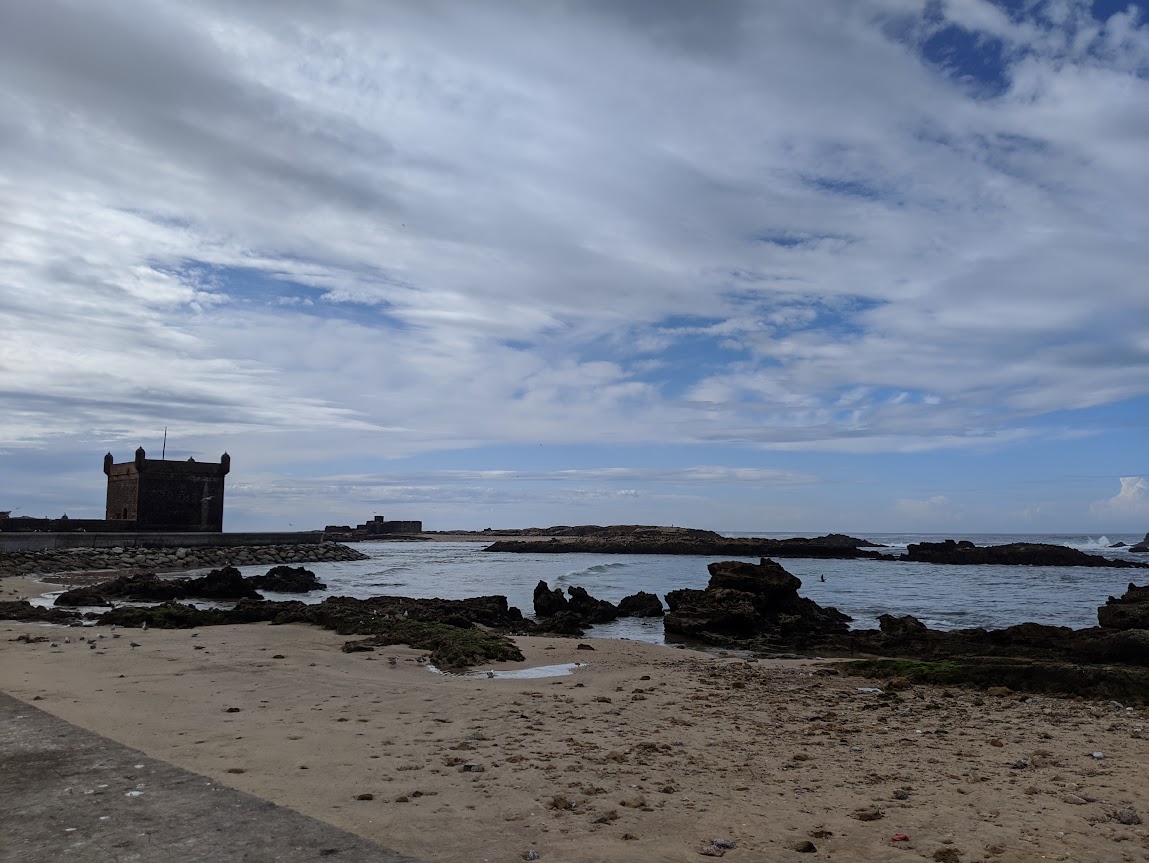
This fortification is known as Skala du Port, and is just one piece of a grand strategic vision for the city. Commissioned by Sultan Sidi Mohammed ben Abdallah in 1760, building Essouira was arguably the Sultan’s most visionary achievement, and a key to his re-positioning of Morocco toward Atlantic trade, as well as consolidating control and reducing foreign influence in the area.
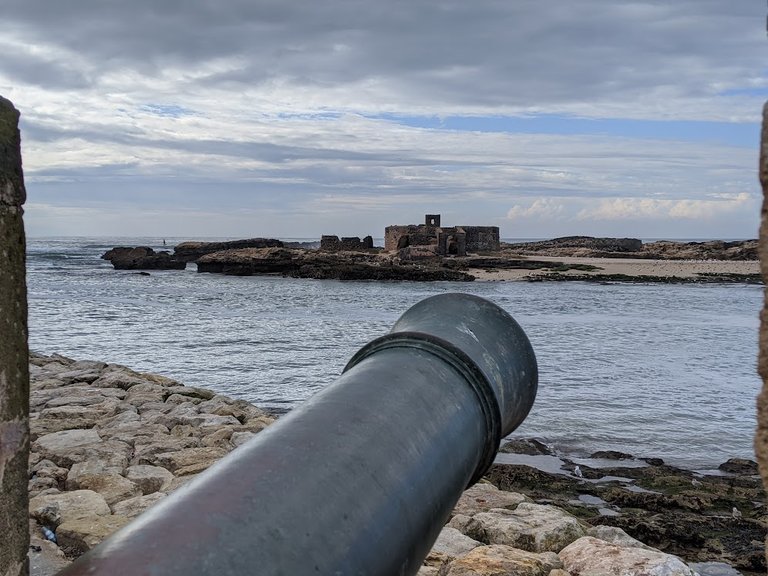
Nearby cities such as Agadir and Mazagan had previously faced conflict and even occupation by the Portuguese. To help prevent foreign meddling in the area, the Sultan hired a French military architect to design the heavily fortified city. The city's large walls, thick gates, and strategically placed forts like this one were meant to deter foreign and local rivals from interfering in this important trade route from the country’s interior to the Atlantic.
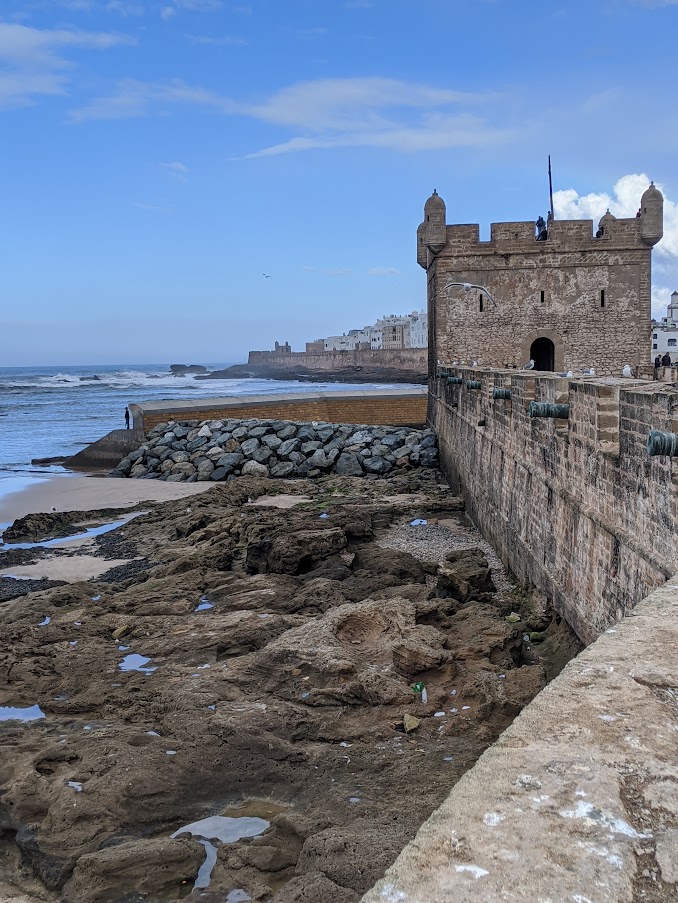
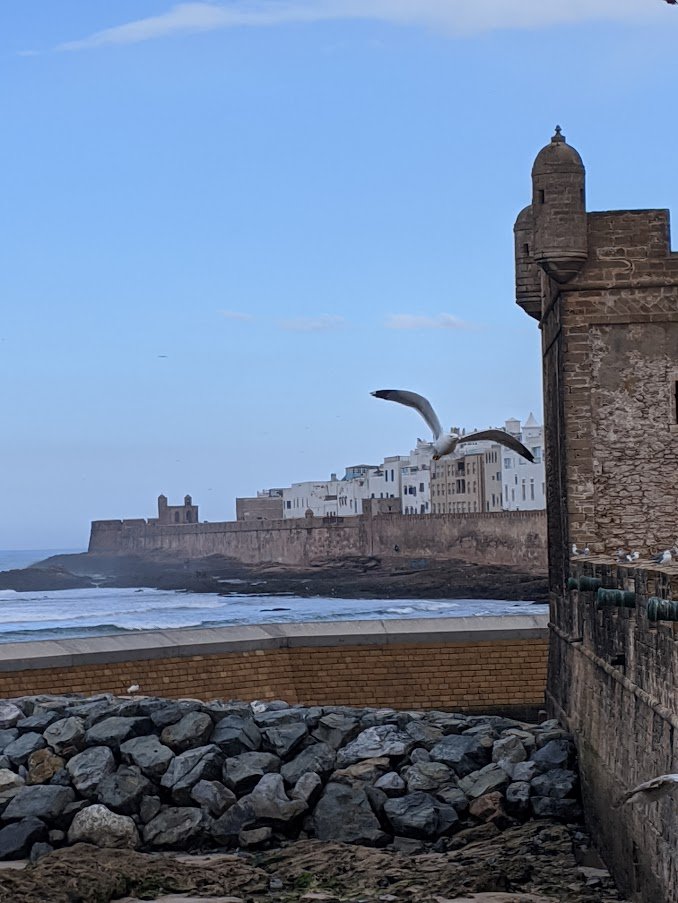
Skala du Port is specifically built to extend out away from the city, so that the canons there can have a better field of view to protect the city and extend their defensive range extending out from the port. I find this kind of military architecture to be quite fascinating, and it is cool to think that the same design that provides amazing views of the city was also specifically designed to defend it.
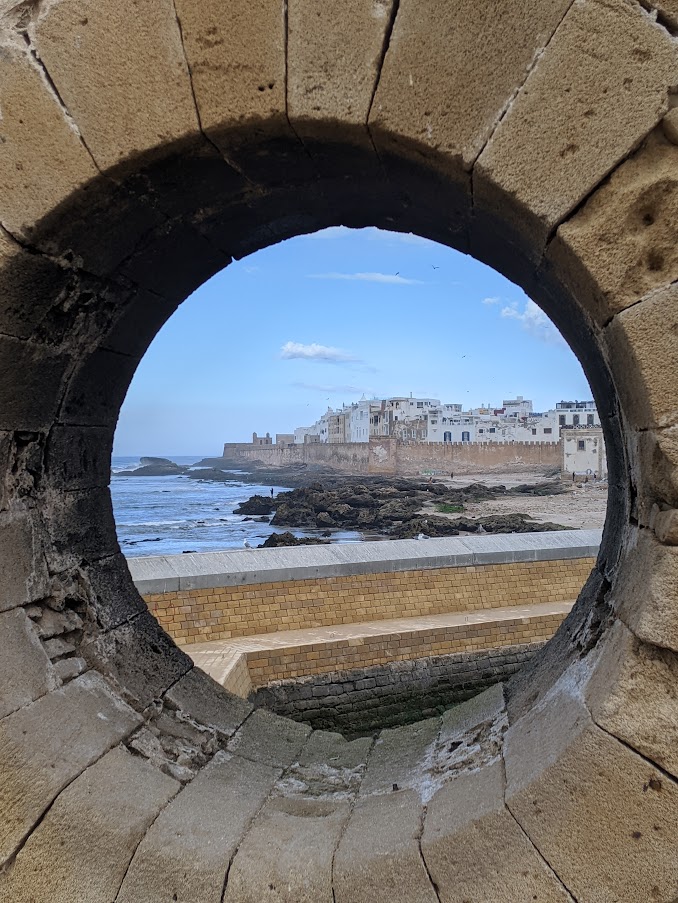
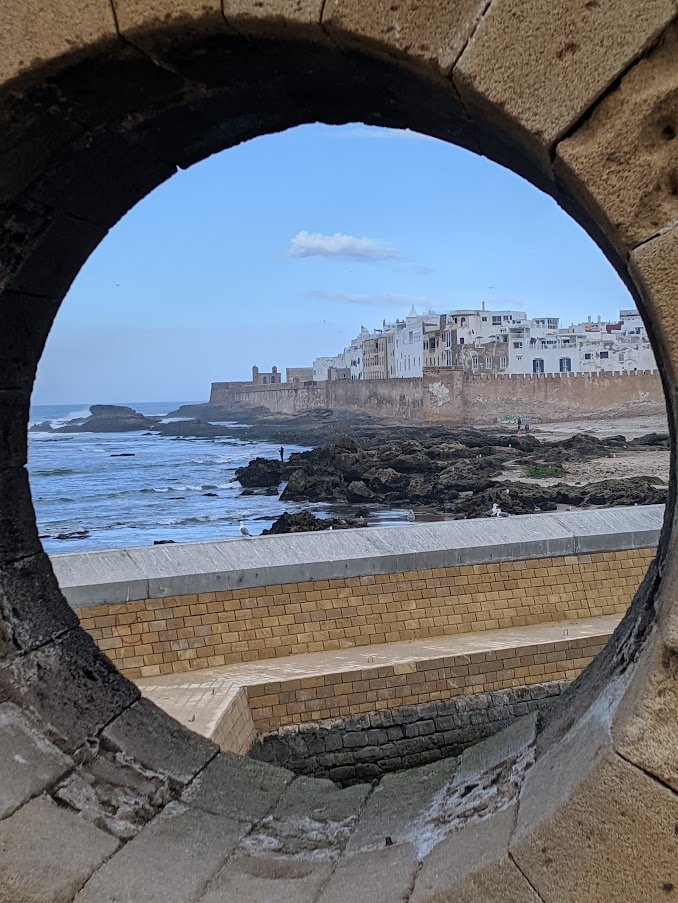
When Essouira was being built, Morocco's most important trading partners were France, England, and the Netherlands. The most exported goods by volume and value were leather and beeswax. Ostrich feathers from the Saharan caravans were also an extremely valuable export, but in much lower quantities. Coming into the port, the most valuable imports were textiles, metal parts, firearms, and sugar. Despite being produced locally, refined sugar was in such high demand locally that it was often also sourced from the British and Dutch, sometimes even the Americans.
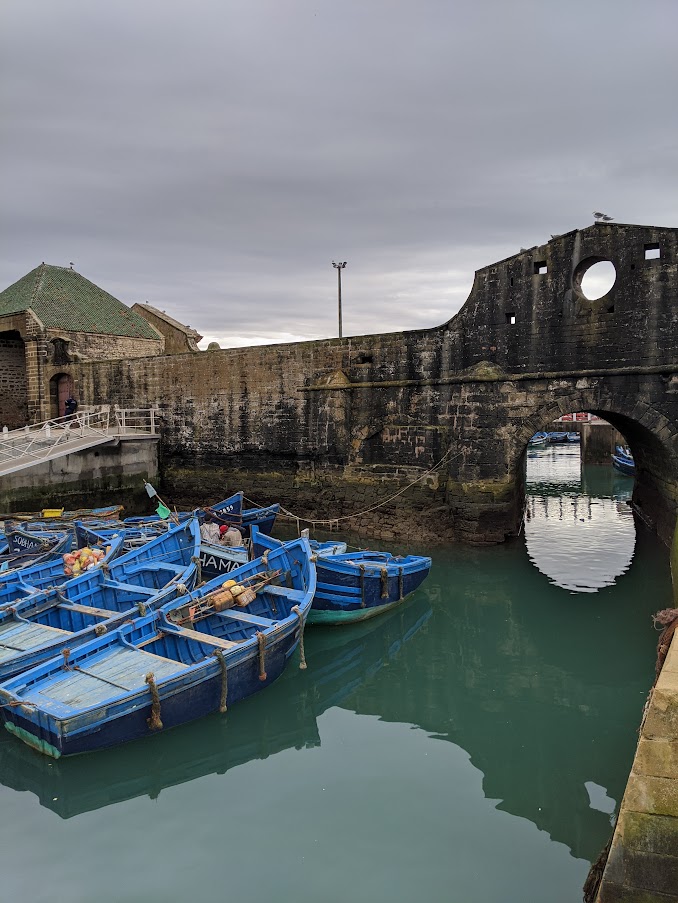
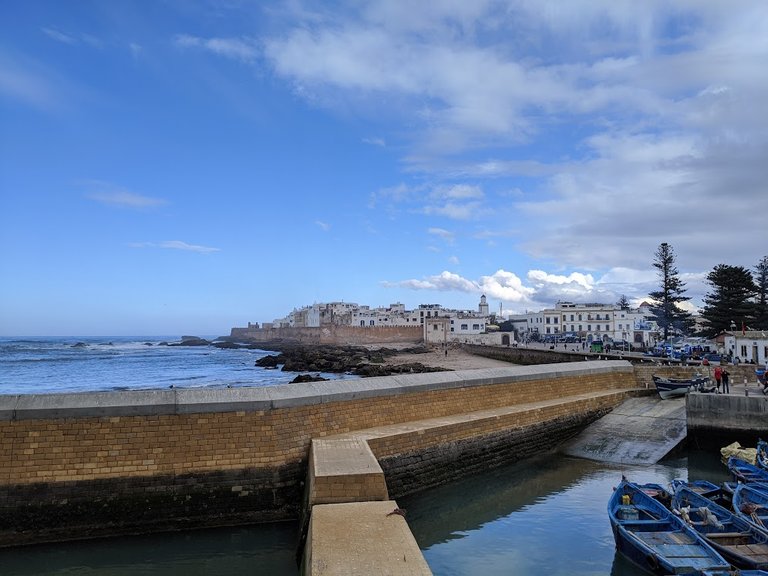
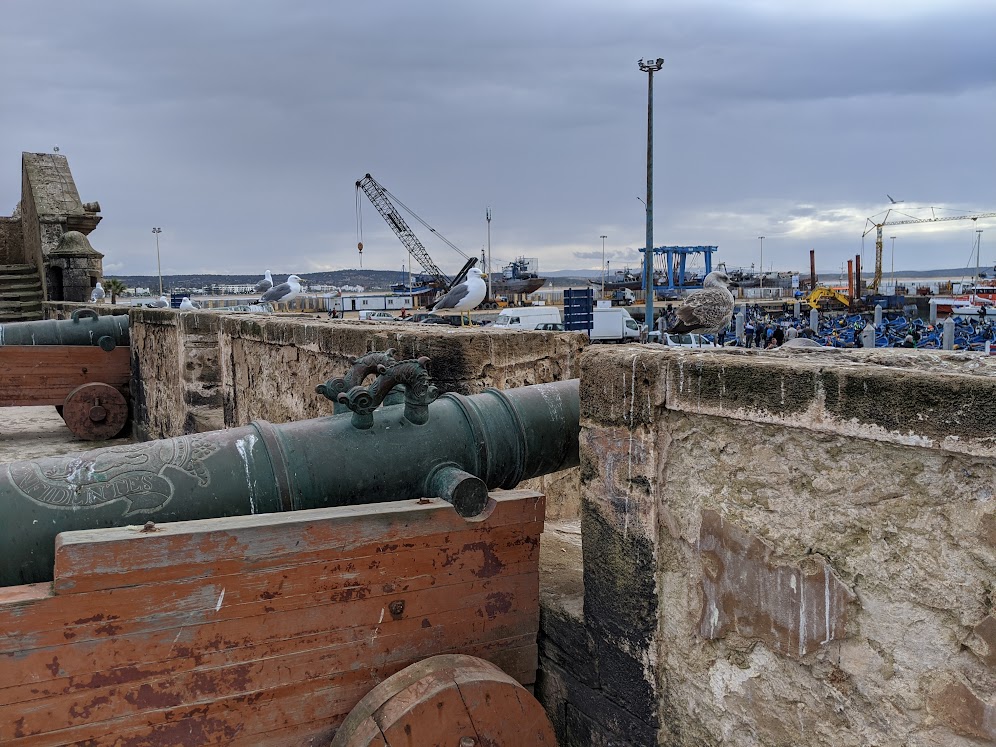
Despite the strategic value of the port city, Essouira’s defenses were never truly tested in any significant combat. This lack of action is also a big reason why the city and its impressive fortifications are still in such good shape today. Walking along the stone walls, I can’t help but feel I have entered a far-off and exotic world, a feeling that must have been shared by the producers of Game of Thrones, who chose this location to represent Astapor.
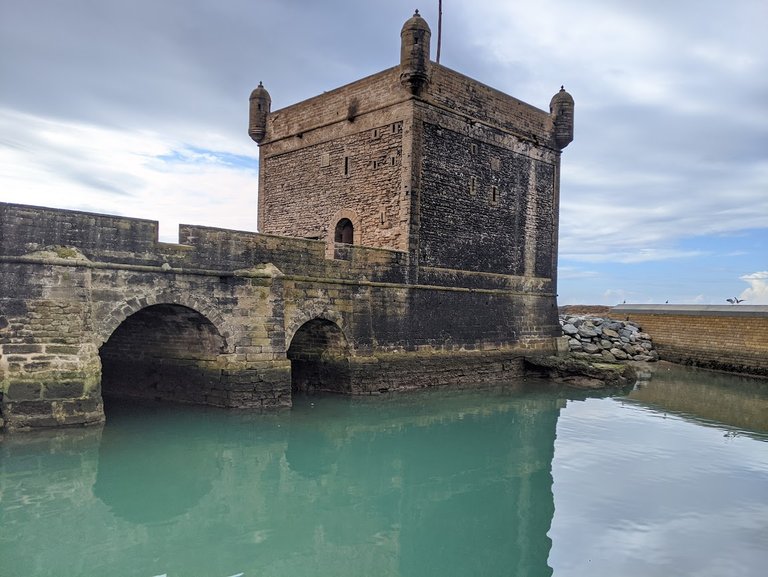
You won’t have to do much walking here, but it is a great little place to sit for a while. Distant sounds of the bustling harbor below, the squawking of seabirds, the constant sea breeze on your face, and the taste of salt in the air make for a truly relaxing and surreal experience.
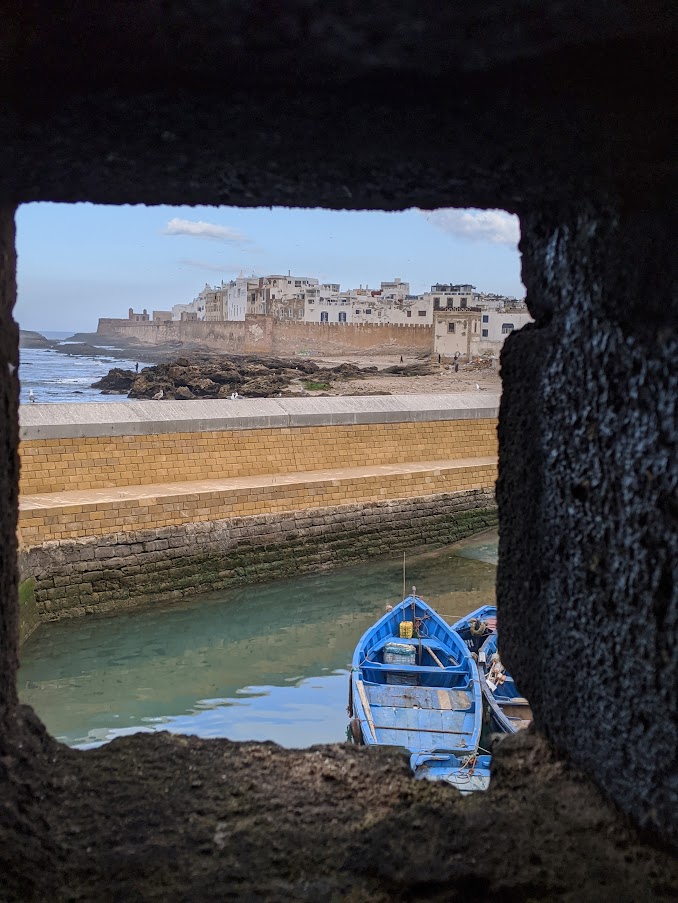
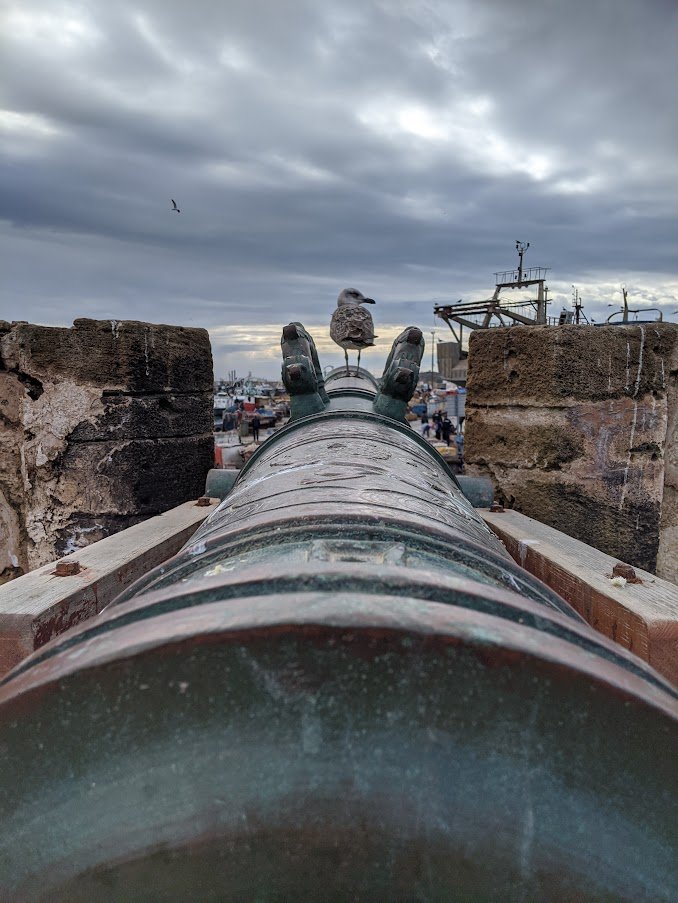
The distant clouds are now growing darker and closer, so I take that as a sign to leave this place. I hope you enjoyed reading about this fascinating piece of Moroccan history.
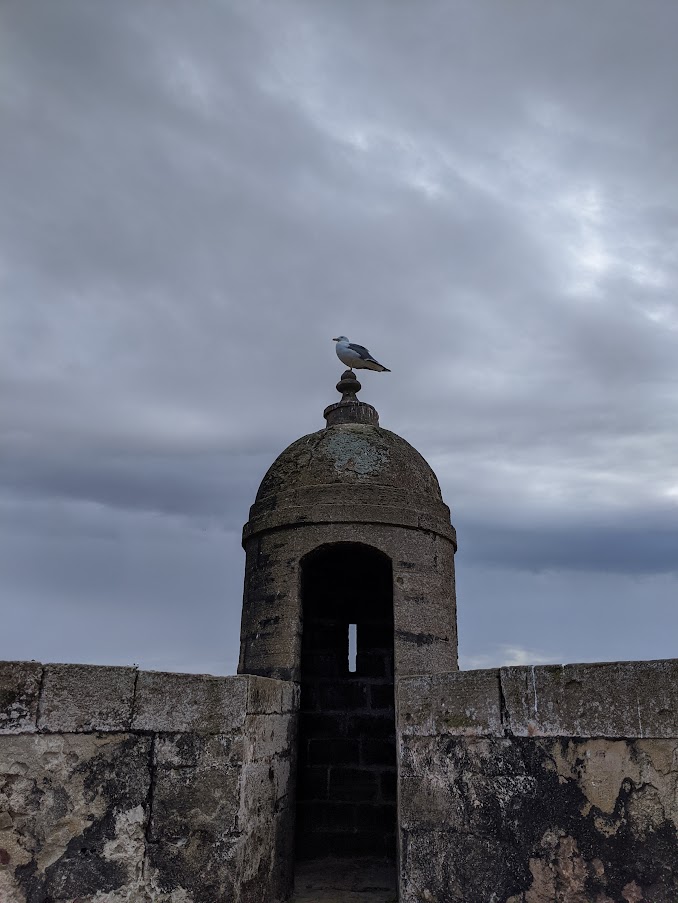
All photos were taken by me. I hope you have a wonderful day. :)
